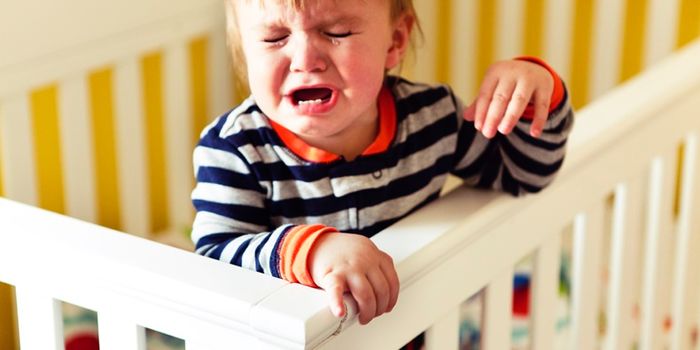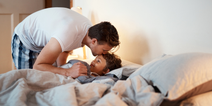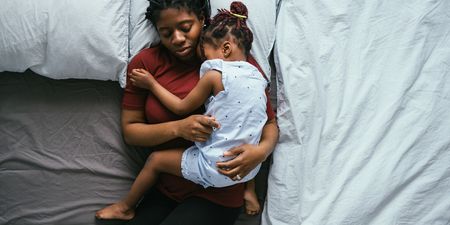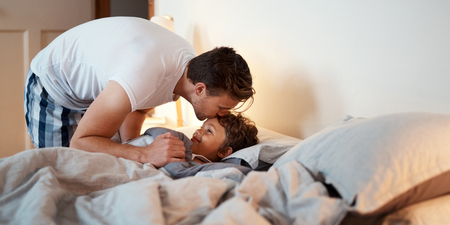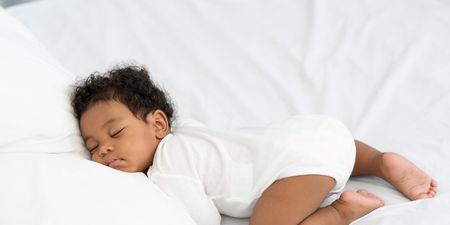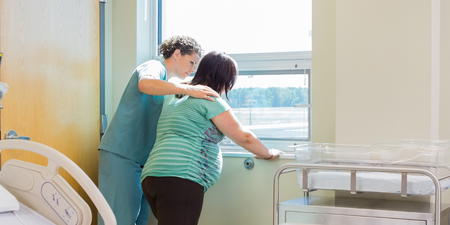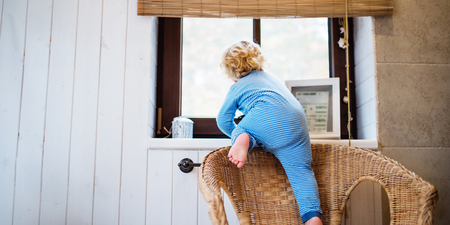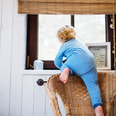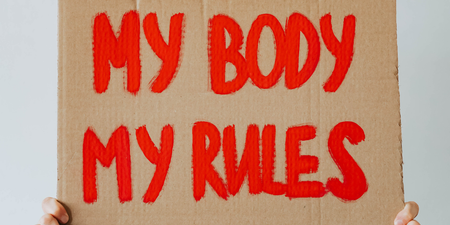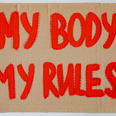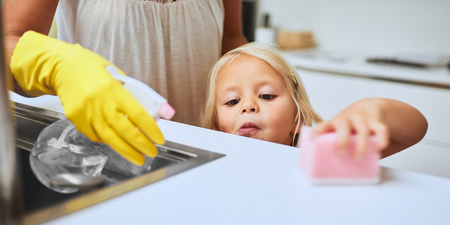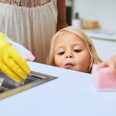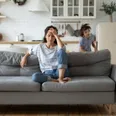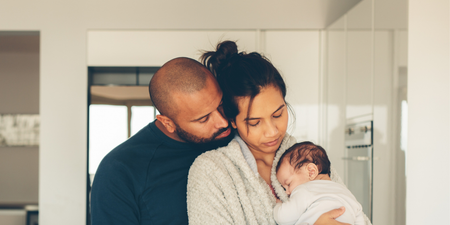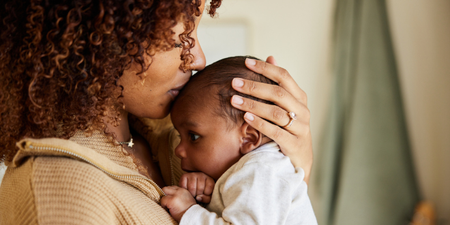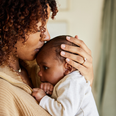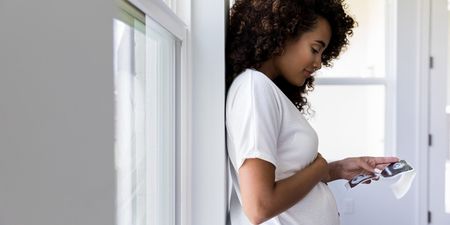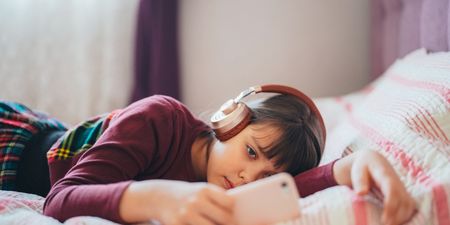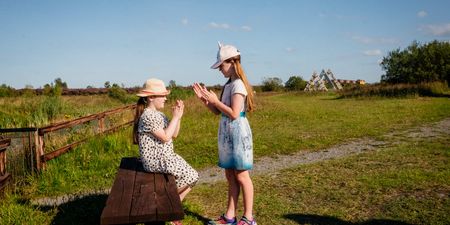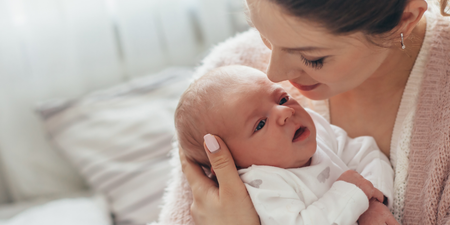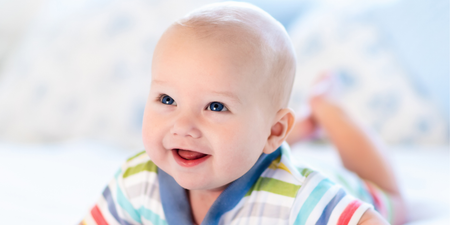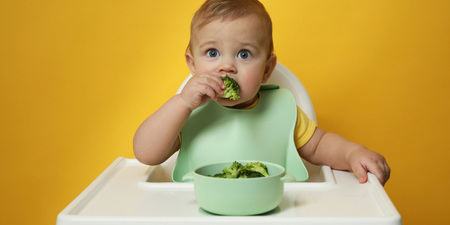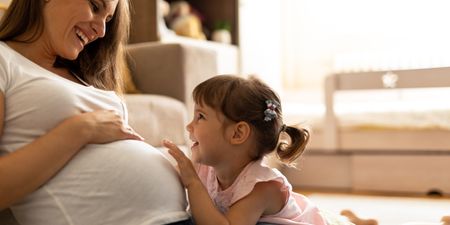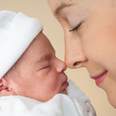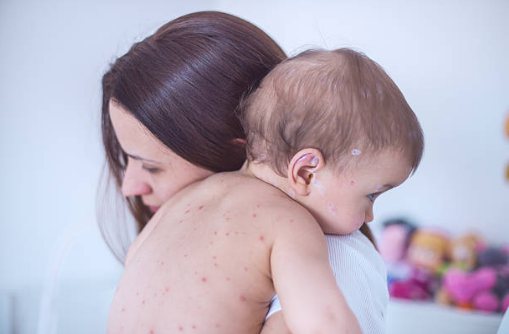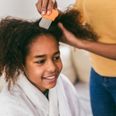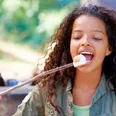While it’s often the case that tackling a child’s sleep problems can be as simple as making a few changes to daytime routines and bedtime rituals, sleep coaching or training might not be the answer to every sleep problem.
It is important to be aware of some other sleep disruptions that are not caused by so-called ‘poor habits’ but are in fact real, and quite often medical, sleep disorders. Lots of children experience a sleep disorder at some stage in their childhood and most of us will have heard of (or indeed experienced) some of the more familiar ones, including night terrors or bed-wetting.
First things first: If you feel that your child is experiencing a sleep issue that is bigger than simply establishing good habits over time, then my advice would be to talk to your doctor or paediatrician. Once you have a diagnosis, there will be help out there for you.
Sleep Disturbance V Sleep Disorder
- A sleep disturbance is usually a disruption to the manner in which someone falls asleep in the first instance, and their ability to either stay asleep or get back to sleep at a later stage. Children with sleep disturbance issues are unlikely to require medical intervention.
- A sleep disorder is more likely to have a more clinical or medical explanation. Many people with sleep disorders may not even know that they have them and may be diagnosed only after complaints of feeling continually exhausted after a seemingly full night’s sleep. In adults, it is often the partner or bedfellow who will let them know that there is something crazy going on in terms of their sleep. Children, and indeed adults, who show signs of the more serious sleep disorders, will normally have undergone some form of medical intervention. In saying this, not all disorders require professional help and parents can effectively help their child cope with those that do not.
Nightmares
Nightmares are, in fact, technically not a sleep disorder, but a sleep disturbance. But they can be very disruptive and also frightening or upsetting for children and parents. For more information about nightmares – why they happen and how to solve them, you can refer back to this piece.
Night terrors
Night Terrors are far more distressing to watch than nightmares, particularly for a parent. They are a recognised sleep disorder, unlike nightmares. Night terrors tend to happen at the start of the night, so in general they will occur before you have gone to bed yourself. Although it may seem like your child has woken up from sleep, the little one is actually only partially awake and yet can be thrashing around the bed/cot. Providing comfort and trying to ‘snap the child out of it’ will probably make no real difference to your child at the time. Children are normally quite unaware of the experience and generally they will have no memory of their night terrors having occurred at all. Again, I wrote about this before and these are managed differently to nightmares.
Sleepwalking
This is something that many parents will have experienced with their little people. It is more common with school-age children than with toddlers and pre-schoolers. Episodes of sleepwalking tend to disappear or resolve themselves once the teenage years hit. However, sleepwalking may rear its head again in adulthood, particularly during any times of stress. Repeated or scheduled waking can help disrupt sleepwalking (as in the event of night terrors), but just make sure that your child is safe. Place stair gates on your stairs and perhaps lock the doors to rooms where your child might be in danger. I have heard of older children – these would be extreme cases – who might go to the kitchen and prepare food for themselves at night during a sleepwalking episode. Kitchen knives are a particular hazard so keep them out of reach.
Bedwetting
This falls into the category of sleep disorders and is more likely to occur during that non-REM part of sleep, pre-midnight. Reducing fluid intake in the afternoon and evenings, and indeed ‘lifting’ little ones to go to the toilet before you go to bed, can help put a stop to this – although it may only be a short-term solution.
My advice, if bedwetting persists into early childhood (past five or six years of age), would be to consult with your GP or paediatrician. In general, children ‘grow out’ of this phase, but it is important to realise that – like any other disorder listed – it is out of their control. They are not doing this on purpose or for attention. Do not chastise them for it. They simply can’t help it.
The above arousal disorders will mainly pass over time, it may be a matter of riding it out and being prepared for them in advance.
Niamh O’Reilly is a sleep coach. She’s also a baby and childcare guru, a ‘parent nanny’ and the answer to many a weary parent’s woes. A regular in the Irish media, Niamh’s book, No Fuss Baby & Toddler Sleep, is now available to buy from all good book stores or online from Amazon.com.
